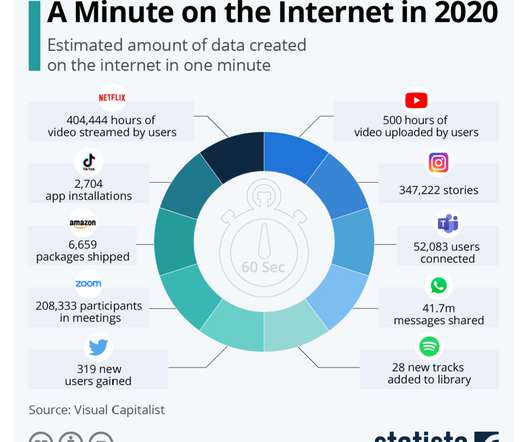How to Perform a Content Migration - Your Checklist for Success
AIIM
DECEMBER 19, 2019
This will definitely impact the timeline required to do the migration, as well as what happens to the source system and the data it contains. Technical Specialists: A migration could require technical support for the movement of data and questions about implementation and data structures. Who Needs to be Involved?













Let's personalize your content